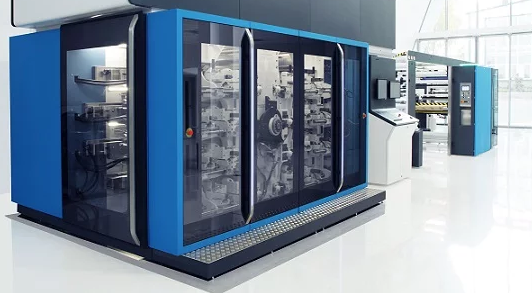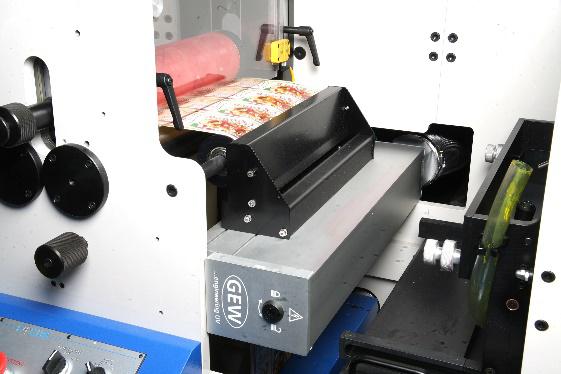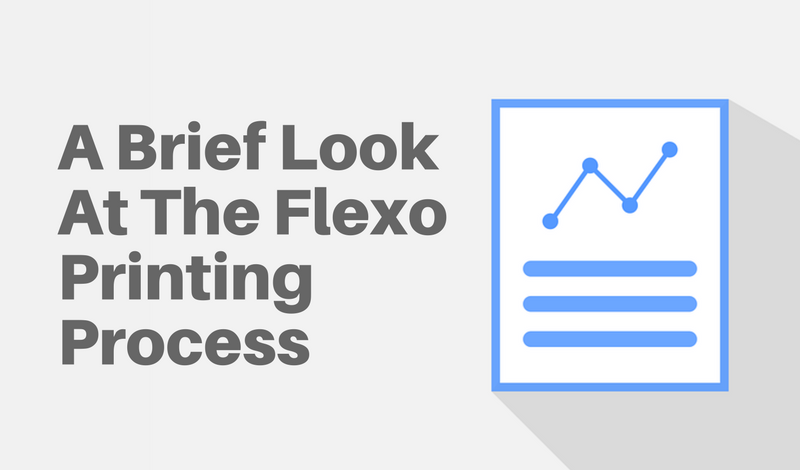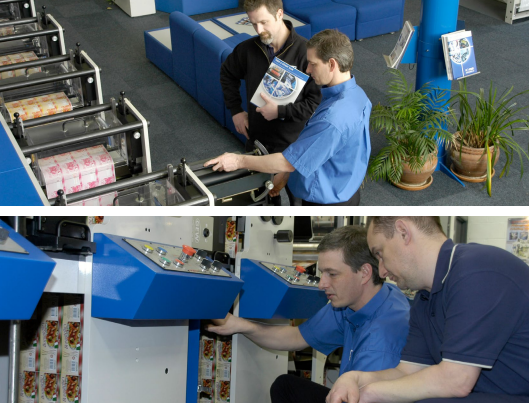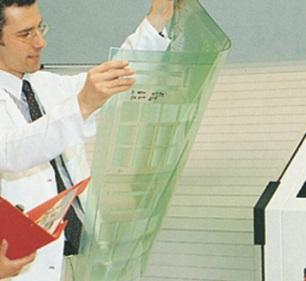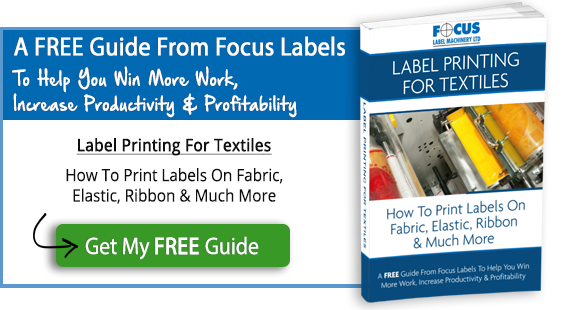We live in a landscape augmented with transposed colour. Whether for labels, or fabrics, or posters, or logos, printing has become a central communication enabler in our society. As such, more companies than ever before are learning that continuous printing is not only useful, but central to their needs. And the competition is tightening.
Our Narrow Web Rotary Flexo Printing Machines: Reasons To Invest In 2019
Should You Invest In A Used Flexo Printing Machine?
You may have come across our Flexo Label Printing Machines and wondered whether the costs could be justified by the benefits it would bring to your business. Maybe you’re currently printing on Digital Inkjet machines and struggling to compete with prices from companies producing large print runs at a lower cost, or you might have a used flexo label printing machine and be wondering if it’s worth the cost to upgrade.
A Brief Look At The Flexo Printing Process
Flexo printing remains a mainstay of the continuous-run print world, regardless of the permanence of lithographic presses and the continued growth of digital printing.
Flexo vs. Offset Printing (The 3 Main Differences Explained)
Although both methods use wet ink and printing plates, these two printing processes are quite different. Technically, offset printing can refer to any printing technique that uses a printing plate to transfer an image to an intermediate carrier and then onto the printed substrate. Whereas flexo transfers ink from the plate directly to the substrate.
Flexo-Printing Machines For Sale – 3 Questions To Ask Before Buying
Modern flexography printers are the most advanced and reliable of printing technologies on the market today. Today’s flexographic printers can print up to 200m of product per minute, far faster than other printing technologies. As well, there are a range of inks that can be used with flexo-printing machines, including UV, solvent and water-based. These characteristics are what make the flexo-printer such a highly versatile and practical piece of machinery.
Printing Plates: A History Of Flexographic Printing
The first Flexo type printing presses were patented in the late 19th century. Originally, flexographic printing was rudimentary in quality with its limitations in ink control and rubber printing plates. Commercial print applications were open to all but the most basic of print & packaging products. As the consumer industry grew, packaging & labels requiring high-quality print were generally being produced using the offset & letterpress processes until more recently. Since 1990, great advances have been made to the quality of flexographic printing presses, printing plates, printing units, drying systems & inks. These advances have combined to rival offset quality with improved practicality, higher production speeds, and lower capital investment.

